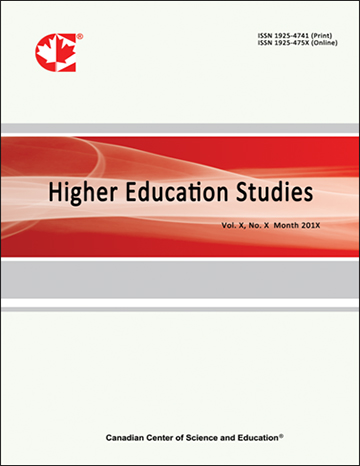AI Differences in Vocational and Undergraduate Differential Applications of Artificial Intelligence in Undergraduate and Vocational Higher Education: A Systematic Review
- Hu Gao
- Yueyue Tan
Abstract
This study systematically reviews and compares the integration of Artificial Intelligence (AI) in vocational and undergraduate education, drawing on 50 peer‑reviewed studies published between 2018 and 2025. Findings reveal that undergraduate institutions primarily leverage AI to enhance theoretical exploration, research capacity, and higher‑order cognitive skills, while vocational institutions deploy AI for competency‑based, practice‑oriented training aligned with immediate industry needs. Across both sectors, AI transforms educator roles from knowledge transmitters to facilitators—emphasizing technical integration in vocational settings and ethical stewardship in universities. Common benefits include personalized learning, efficiency gains, and improved student engagement, whereas challenges encompass resource disparities, curriculum misalignment, ethical risks, and the potential for student over‑reliance. Vocational institutions face particular vulnerability to inequities due to infrastructure gaps and diverse learner readiness, amplifying the digital divide. The review identifies significant gaps in longitudinal evidence, equity‑focused empirical studies, and sustainable implementation models. Policy and practice implications call for sector‑specific funding, professional development, and ethical AI design. This study underscores the need for tailored strategies to ensure AI fosters equitable, effective, and future‑ready post‑secondary learning environments.
- Full Text:
 PDF
PDF
- DOI:10.5539/hes.v15n4p398
Index
- AcademicKeys
- CNKI Scholar
- Education Resources Information Center (ERIC)
- Elektronische Zeitschriftenbibliothek (EZB)
- EuroPub Database
- Excellence in Research for Australia (ERA)
- Google Scholar
- InfoBase
- JournalSeek
- Mendeley
- Open Access Journals Search Engine(OAJSE)
- Open policy finder
- Scilit
- Ulrich's
- WorldCat
Contact
- Sherry LinEditorial Assistant
- hes@ccsenet.org
